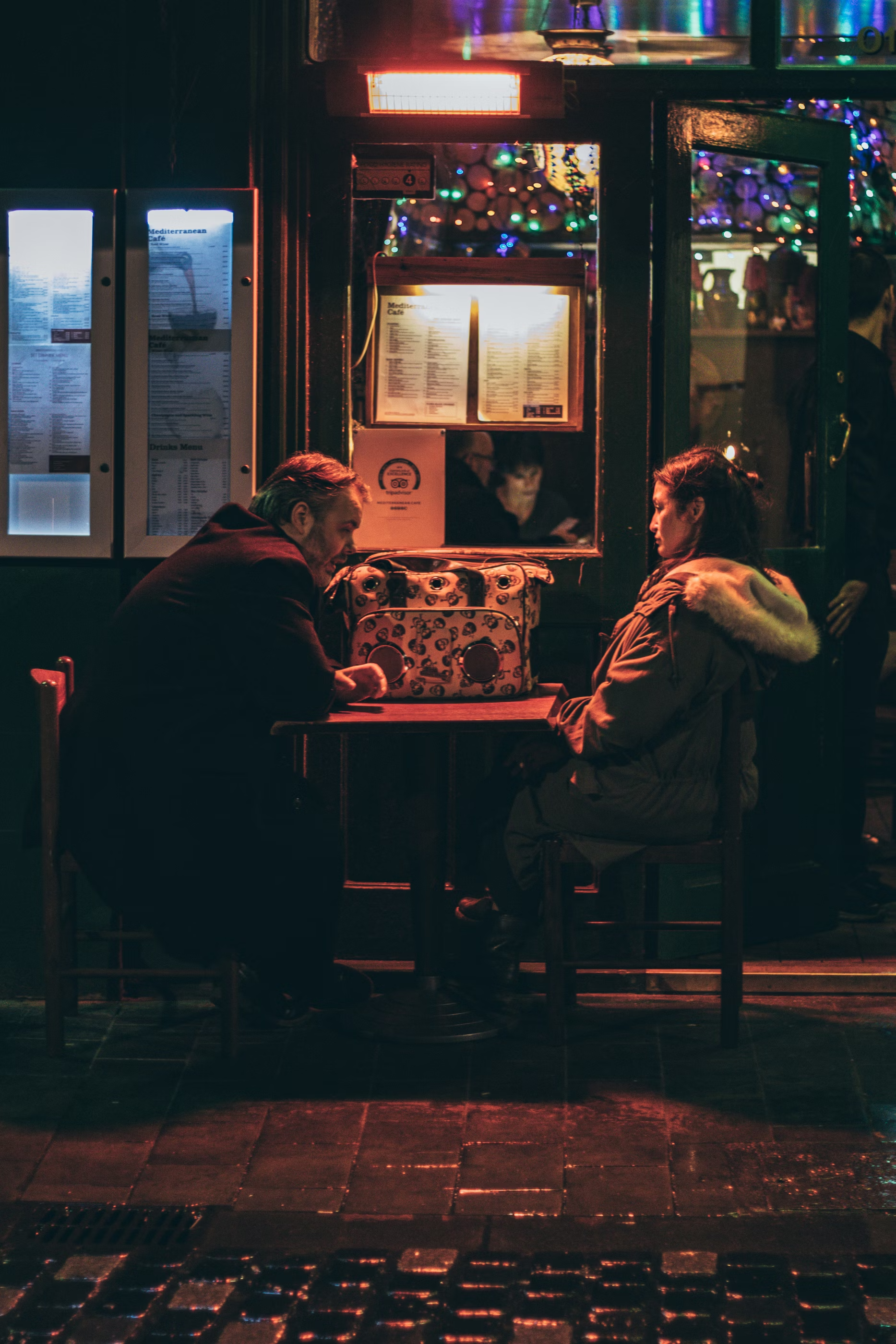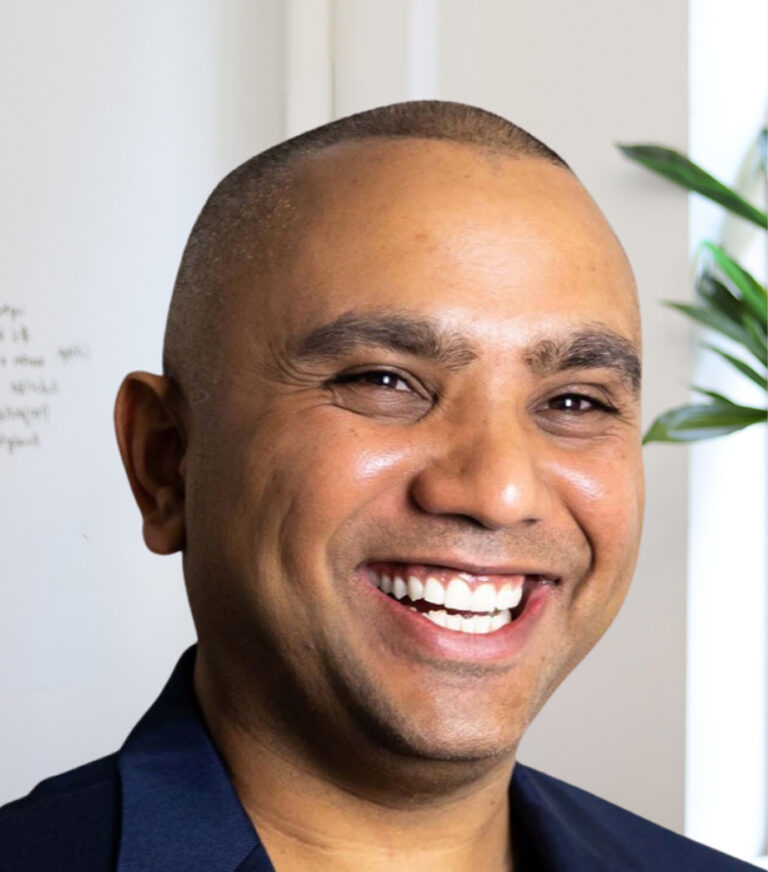Whether your business is in a bustling tourist town or a major metropolis, it is normal for sales to ebb and flow depending on the season. Planning is essential when it comes to safeguarding your restaurant against uncertainty. For many restaurants, winter is the most drastic slump with sales dropping from December to February. For others, the summer heat pushes consumers out. No matter the season, hospitality business owners can use this slow time to understand their operation through better budgeting, reviewing menu prices and adjusting to demand, training staff, and negotiating new terms with vendors.
Budgeting
Restaurants must operate and maintain a strong budget to avoid extended financial hardship during the slow season. A working budget helps hospitality business owners maintain cash flow and keep their COGS in check. To budget for the slow season, restaurants should set clear targets ahead of time, not as revenue starts to slow. A best practice is to start planning for 6 months out so your hospitality business has a financial safety net. Prepping your budget ahead of time leads to better cash flow management and allows operators to plan a cash cover for operational needs and invest toward potential downsides in revenue. Reviewing your labor, COGS, OpEx (operating expenses), and other costs helps keep your finances in check. Comparing these costs to your average spend, the volume of covers, and overall revenue will give restaurant owners a clear picture of what they
can afford and if changes must be made.
Looking at previous seasonality is a great tool to prepare for changes in revenue. Your Paperchase hospitality accountant can pull historical data to analyze sales compared to years before to understand how your business typically performs year to date. Paperchase’s restaurant finance experts understand national and global trends – we know if it was a slow month for just you or all restaurants.
Labor Tips
- The first thought of a restauranteur dealing with a slump may be to find ways to bring in more customers, but a slow period is a great time to retrain staff. Take advantage of free time to teach your staff ways to upsell and boost average check. Increasing your restaurant’s average check can boost revenue and push untapped inventory. Train your team to upsell seasonal cocktails or specials to their tables. Alcohol sales are a great way to increase check prices while also keeping your inventory moving to promote cash flow.
- No manager wants to cut employee hours, but labor is one of the highest expenses in a restaurant and it can be the difference between breaking even or losing money for your business. Many businesses operate with a skeleton crew in the winter when revenue is low. If you choose to cut down on your labor during the slow season, ensure you have a conversation with your staff ahead of time so they are prepared to receive fewer hours.
Inventory Tips’s
- Use existing inventory in creative ways to manage your cash flow. For example, if you have a box of champagne collecting dust in your cellar, push it to the front of your rotation. When unused inventory sits on shelves, it hinders your cash flow, especially in months when revenue is slow. Find a way to get creative with your existing inventory rather than going out of your way to outsource more materials. Pushing slow sellers or items with an influx of stock is a great way to promote positive cash flow when you’re bringing in less revenue.
- If your business has fewer covers during a period, you will need to adjust your inventory and ordering habits. A restaurant does not need to be fully stocked if there is less traffic overall. Stay in close communication with your vendors to ensure you do not over-order and avoid spoilage and wastage in your business. Working with a specialized hospitality accountancy like Paperchase will ensure all your vendor payments are met on time, even during a fiscal slump.
- Capitalize on cheaper seasonal products or incorporate new creative recipes that utilize all parts of an ingredient. Not only does this promote sustainability, but it can also save on food expenses when money is tight. To learn more about seasonal menu planning, read our article here: cost seasonal menu planning guide
 Way to Boost Revenue During a Slow Period
Way to Boost Revenue During a Slow Period
When covers are down, restaurant owners must get creative with the way run their business. Managers can take advantage of promotions and deals to bring traffic and attention during the slow season. For many hospitality establishments, the slow season starts during the holidays, so pushing themed dishes or events can draw traffic to your business. Holiday cash flow can be maintained by announcing and selling seasonal items ahead of time. Offering customers the opportunity to purchase preset menus or other specific items can give your operation financial padding when cash flow slows down. Follow these other essential tips to maximize your revenue when traffic decreases.
Offer happy hour promotions or other time-based deals.
Utilize loyalty programs such as a customer app or punch card. For more information on the ROI of restaurant loyalty programs, read Paperchase’s hospitality analysis here: evaluating roi of restaurant loyalty programs
Update your business’s social media presence and create a marketing calendar for when business picks up again. Keeping a strong Google Business Profile can bring lots of traffic to your restaurant. Yelp and TripAdvisor are other profiles that can highlight your business when properly maintained. Additionally, updating your website to highlight your current menu and ensuring it is accessible on mobile devices can be the difference between someone deciding to patronize your business or another one with a legible mobile menu.
Conclusion
Navigating the fluctuating hospitality industry requires proactive planning and a robust understanding of your business’s financial health. Through meticulous budgeting, optimizing labor and inventory, and strategically implementing revenue-boosting initiatives, restaurant owners can effectively mitigate the challenges of the slow season. Leveraging historical data, collaborating with hospitality experts like Paperchase, and embracing innovative approaches to customer engagement is crucial for maintaining profitability and ensuring long-term success, even during the
slow season.
Read more

 Way to Boost Revenue During a Slow Period
Way to Boost Revenue During a Slow Period



























